Questions and Answers
Home foreclosure is a difficult and traumatic experience, as the courts themselves have acknowledged. The first step in dealing with a foreclosure is to determine the reason why it has been initiated. For example, it is important for a homeowner threatened with foreclosure to understand why his/her standing order or other automatic payment instruction is not being honored. Next, it is necessary to carefully examine the bank documents to establish if the foreclosure process initiated by the bank is legal. Among other things, it is important to bear in mind that today, following the amendment of the Execution Law, other than in certain exceptional circumstances a bank may institute foreclosure proceedings only if six payments have been refused. Where the examination shows that there are good grounds for fighting the foreclosure, the homeowner may file three main applications: (1) an originating motion petitioning the court for the main relief sought; (2) an application to the court for a temporary injunction against foreclosure; and (3) a request to the Head of the Execution Office to stay the proceedings (recommended).
Banks usually file recovery suits by summary procedure, a form of proceeding that enables a plaintiff to shorten the trial process in cases where the defendant has no defense. To avoid the application of summary procedure in a lawsuit filed by a bank against a customer, the customer must file an application for leave to defend against the suit, in which he/she presents and explains to the court in sufficient detail his/her arguments in defense against the bank’s claim. In case of a disagreement over the amount of the debt, it is advisable to attach to the application a calculation prepared by a company specializing in interest calculations and the reconstruction of accounting records. Often, the customer is not in possession of documents proving his/her arguments. In such case, the customer must first request the bank to provide the necessary documents, while simultaneously applying to the court to extend the time for filing the application for leave to defend. If the bank refuses to provide the documents, the customer must file, in addition to his/her application for a time extension, an application for an order to the bank to produce the documents.
Several points should be stressed in the application. First, the reason for applying to the court should be set out. If the case involves an erroneous calculation by the bank or unlawful refusal of a standing order, it is advisable to attach an expert’s opinion testifying to the facts in terms of his/her expertise, along with relevant calculations. If the customer is unable to furnish to the expert the necessary documents on which to base an opinion, the documents should first be requested from the bank. Additionally, the application should specify the damage the customer would incur due to the foreclosure and whether the property in question is the customer’s sole residence (in which case the court will more readily grant the application) as well as his/her financial situation.
Bank customers often do not keep bank documents, while guarantors on an account almost never are in possession of the documents relevant to a bank lawsuit against them. Therefore, it is highly important, before filing an application for leave to defend or a statement of defense, to request the relevant documents from the bank. This is a legitimate demand of paramount importance, and the courts have even ruled that if the bank refuses such a request, the refusal in and of itself will be grounds for granting the customer leave to defend. The following is a list of documents that should be requested: account opening documents, bank statements for the relevant period, any correspondence between the bank, the customer and the guarantors, all the documents and agreements that were signed by the customer, as well as a complete photocopy of the customer’s bank file. This is a file that the bank maintains for each customer, in which all the developments in the customer’s account are recorded. The file contains information about the account that is not reflected in any document that was issued by the bank, hence its great importance. In his/her request to the bank the customer should explain the need for each document, in order to prove both to the court and to the bank that he/she is seeking to establish the truth and not merely to drag out the case.
In bank suits, regardless of whether the suit is brought by the customer or the bank, the customer almost invariably is in an inferior position vis-a-vis the bank. All the transactions in the customer’s account are stored in the bank’s computers, thus the bank is in possession of information on all the customer’s dealings with it as well as the sequence of events in the account. Added to this is the fact that the customer is likely to be in a difficult financial situation. Taking all these factors into consideration, it is important and essential to conduct the pretrial proceedings with the understanding that they may prove instrumental in revealing the truth.


